List of Presidents of Vietnam
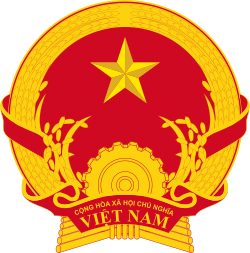 |
|---|
| This article is part of a series on the politics and government of Vietnam |
|
Ideology |
|
|
|
Legislative |
|
Executive |
|
|
Military
|
|
The President of the Socialist Republic of Vietnam (Vietnamese: Chủ tịch nước Cộng hòa xã hội chủ nghĩa Việt Nam), known as Chairman of the Council of State (Vietnamese: Chủ tịch Hội đồng Nhà nước) from 1981 to 1992, is the head of state of the Socialist Republic of Vietnam. Beside, the president is also the head of government with prime minister. The president represents Vietnam internally and externally, supervises the work as well as preserving the stability of the national governmental system and safeguards the independence and territorial integrity of the country. The president appoints prime minister, vice presidents, ministers and other officials with the consent of the National Assembly. The head of state is the commander-in-chief of the Vietnam People's Armed Forces and Chairman of the Council for Defence and Security, an organ of the National Assembly. Since Vietnam is a one-party state, with the Communist Party of Vietnam being the sole party allowed by the constitution, all the presidents of the Democratic Republic and the Socialist Republic have been members of the party while holding office. The current acting president is Đặng Thị Ngọc Thịnh, since 21 September 2018.
The modern office of the President of the Socialist Republic traces its lineage back to Hồ Chí Minh, the first President of the Democratic Republic, and the office has no connection, or lineage, officially at least, to the heads of state of the former South Vietnam (with the exception being Nguyễn Hữu Thọ, a communist and the last head of state of South Vietnam). Officially there have been 9 presidents of Vietnam, but there have, in total, been 14 presidents if the ones of South Vietnam are counted.
Presidents of the Democratic Republic of Vietnam (1945–1976)
| Number [note 1] |
Portrait | Name (Birth–Death) |
Took office | Left office | Length | Rank [note 2] |
Political party |
|---|---|---|---|---|---|---|---|
| 1 | 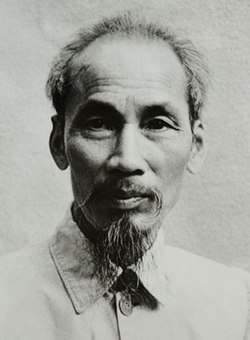 |
Hồ Chí Minh (1890–1969) (Lived: 79 years) |
September 2, 1945 | September 2, 1969 [note 3] |
24 years, 0 days | 1 | Communist Party of Indochina (until 1951) Worker's Party of Vietnam (since 1951) |
| — | 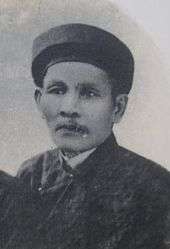 |
Huỳnh Thúc Kháng (1876–1947) (Lived: 70 years) |
May 31, 1946 | September 21, 1946 | 113 days | — | Independent |
| — | 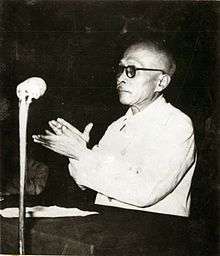 |
Tôn Đức Thắng (1888–1980) (Lived: 91 years) |
September 3, 1969 | September 23, 1969 | 20 days | — | Worker's Party of Vietnam |
| 2 | September 23, 1969 | July 2, 1976 | 6 years, 283 days | 1 |
Chairman of the Consultative Council of the Republic of South Vietnam (1969–1976)
| Number | Portrait | Name (Birth–Death) |
Took office | Left office | Length | Political party |
|---|---|---|---|---|---|---|
| 1 | 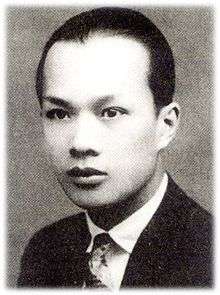 |
Nguyễn Hữu Thọ (1910–1996) (Lived: 86 years) |
June 8, 1969 | July 2, 1976 | 7 years, 24 days | People's Revolutionary Party of Vietnam (influenced by Worker's Party of Vietnam) |
Heads of state of the Socialist Republic of Vietnam (1976–present)
Presidents (1976–1981)
| Number [note 1] |
Portrait | Name (Birth–Death) |
Took office | Left office | Length | Rank [note 2] |
Previous office | Political party |
|---|---|---|---|---|---|---|---|---|
| 1 |  |
Tôn Đức Thắng (1888–1980) (Lived: 91 years) |
July 2, 1976 | March 30, 1980 [note 3] |
3 years, 272 days | 1 | President of the Democratic Republic of Vietnam (1969-1976) | Communist Party of Vietnam |
| — |  |
Nguyễn Hữu Thọ (1910–1996) (Lived: 86 years) |
March 30, 1980 | July 4, 1981 | 1 year, 96 days | — | Vice President of Vietnam | Communist Party of Vietnam |
Chairmen of the Council of State (1981–1992)
| Number [note 1] |
Portrait | Name (Birth–Death) |
Took office | Left office | Length | Rank [note 2] |
Previous office | Political party |
|---|---|---|---|---|---|---|---|---|
| 2 | 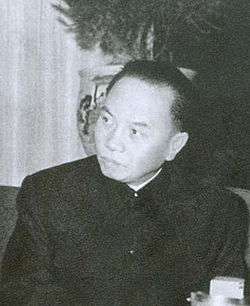 |
Trường Chinh (1907–1988) (Lived: 81 years) |
July 4, 1981 | June 18, 1987 | 5 years, 349 days | 2 [note 4] |
Chairman of the National Assembly (1960-1981) | Communist Party of Vietnam |
| 3 | Võ Chí Công (1912–2011) (Lived: 99 years) |
June 18, 1987 | September 22, 1992 | 5 years, 96 days | 3 | Minister of Agriculture (1977-1979) | Communist Party of Vietnam |
Presidents (1992–present)
| Number [note 1] |
Portrait | Name (Birth–Death) |
Took office | Left office | Length | Rank [note 2] |
Previous office | Political party |
|---|---|---|---|---|---|---|---|---|
| 4 | 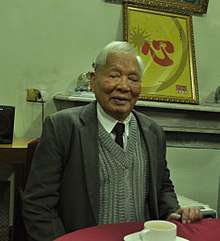 |
Lê Đức Anh (1920–) (97 years old) |
September 23, 1992 | September 23, 1997 | 5 years, 0 days | 2 | Chief of the General Staff (1986–1987) Minister of Defence (1987–1991) |
Communist Party of Vietnam |
| 5 | 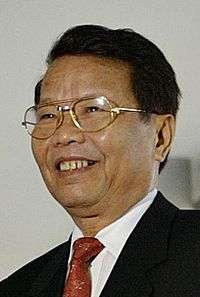 |
Trần Đức Lương (1936–) (82 years old) |
September 24, 1997 | June 26, 2006 | 8 years, 275 days | 2 | Deputy Prime Minister (1987–1997) | Communist Party of Vietnam |
| 6 | 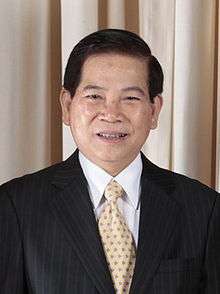 |
Nguyễn Minh Triết (1942–) (76 years old) |
June 27, 2006 | July 25, 2011 | 5 years, 28 days | 4 | Head of the Central Mass Mobilization Commission (1997–2000) Secretary of the Ho Chi Minh City Party Committee (2000–2006) |
Communist Party of Vietnam |
| 7 |  |
Trương Tấn Sang (1949–) (69 years old) |
July 25, 2011 | April 2, 2016 | 4 years, 252 days | 1 | Secretary of the Ho Chi Minh City Party Committee (1996–2000) Head of the Party Central Committee Economic Commission (2000–2003) Executive Secretary of the Communist Party (2006–2011) |
Communist Party of Vietnam |
| 8 |  |
Trần Đại Quang (1956–2018) (Lived: 61 years) |
April 2, 2016 | September 21, 2018 [note 3] |
2 years, 172 days | 2 | Minister of Public Security (2011–2016) | Communist Party of Vietnam |
| — | .jpg) |
Đặng Thị Ngọc Thịnh (1959–) (59 years old) |
September 21, 2018 | incumbent | 29 days | — | Vice President of Vietnam | Communist Party of Vietnam |
See also
Notes
- 1.^ These numbers are official. The "—" denotes acting head of state. The first column shows how many presidents there have been in Vietnamese history, while the second show how many presidents there was in that state.
- 2.^ The Central Committee when it convenes for its first session after being elected by a National Party Congress elects the Politburo.[1] According to David Koh, in interviews with several high-standing Vietnamese officials, the Politburo ranking is based upon the number of approval votes by the Central Committee. Lê Hồng Anh, the Minister of Public Security, was ranked 2nd in the 10th Politburo because he received the second-highest number of approval votes. Another example being Tô Huy Rứa of the 10th Politburo, he was ranked lowest because he received the lowest approval vote of the 10th Central Committee when he standing for election for a seat in the Politburo. This system was implemented at the 1st plenum of the 10th Central Committee.[2] The Politburo ranking functioned as an official order of precedence before the 10th Party Congress, and some believe it still does.[1]
- 3.^ Died in office.
- 4.^ Trường Chinh was ranked 1st in the Politburo hierarchy when Lê Duẩn, the General Secretary of the Central Committee, died on 10 July 1986.
References
- 1 2 Van & Cooper 1983, p. 69.
- ↑ Koh 2008, p. 666.
Bibliography
- Koh, David (July–August 2008). "Leadership Changes at the 10th Congress of the Vietnamese Communist Party". Asian Survey. 48 (4): 650–672. doi:10.1525/as.2008.48.4.650. JSTOR 3738744.
- Van, Canh Nguyen; Cooper, Earle (1983). Vietnam under Communism, 1975–1982. Hoover Press. ISBN 9780817978518.